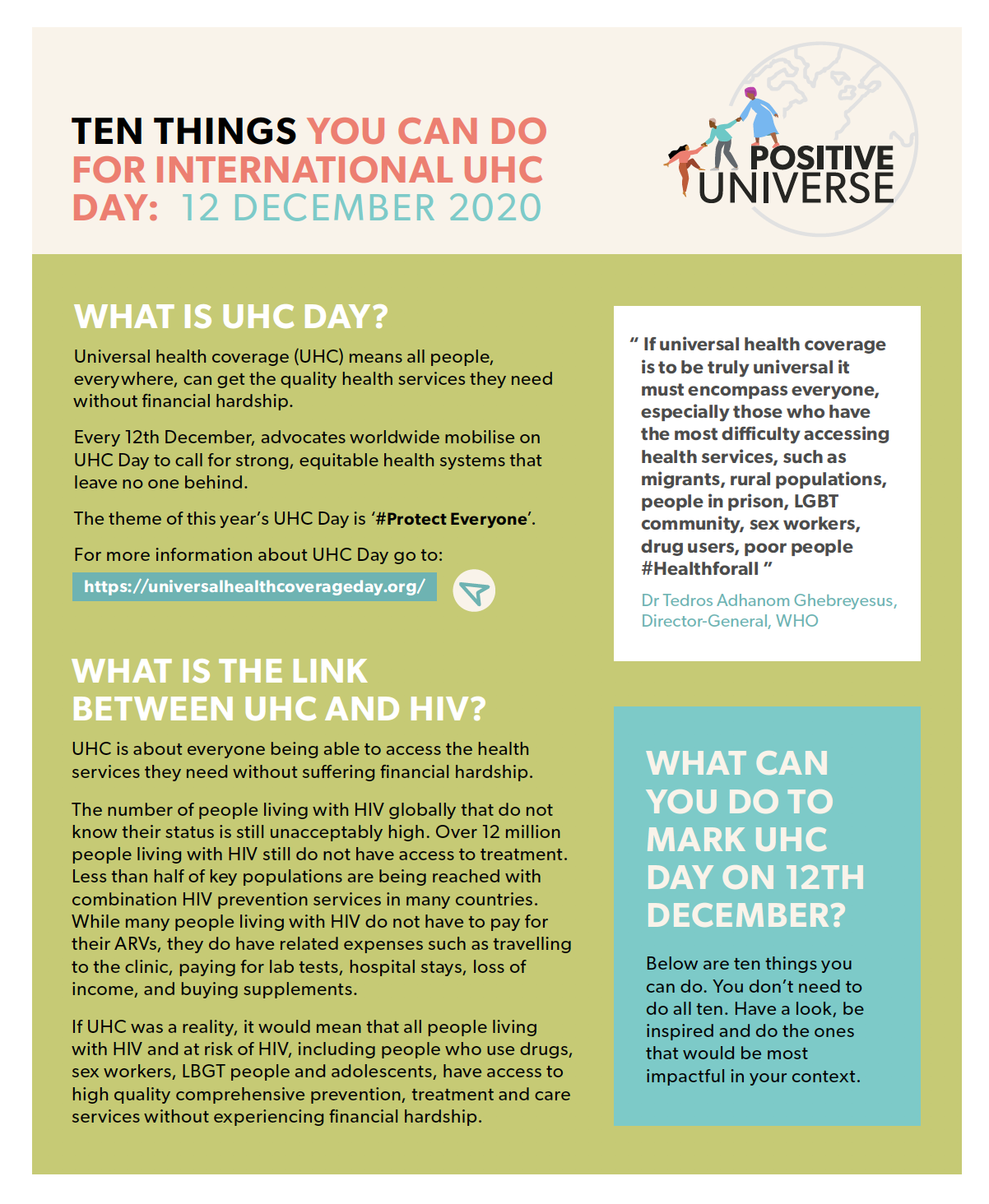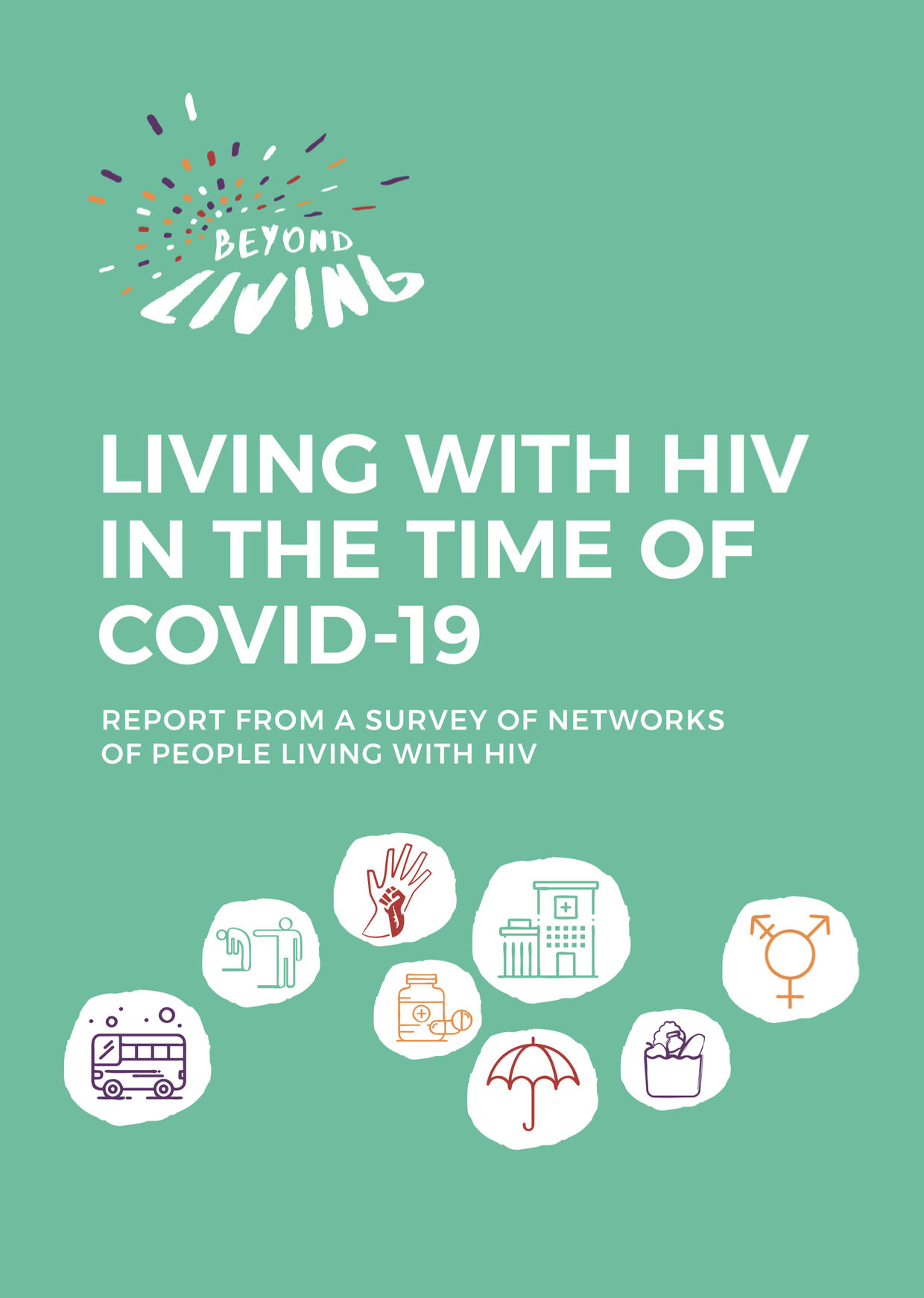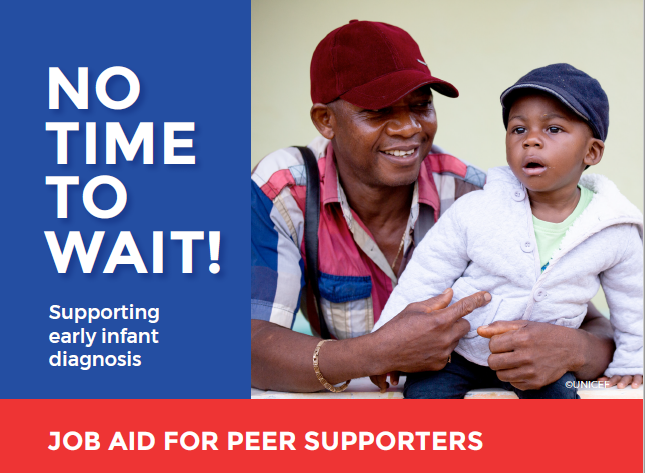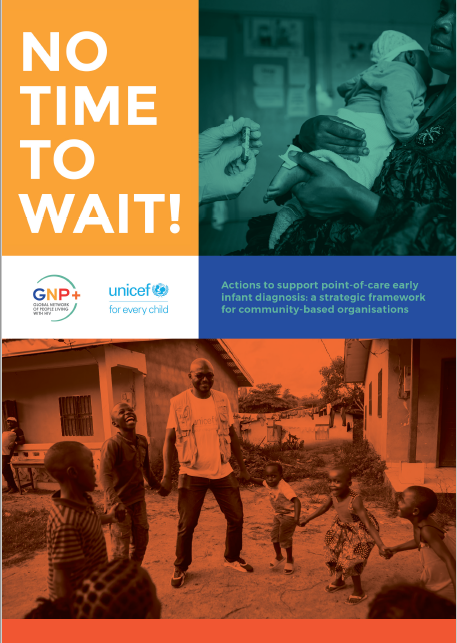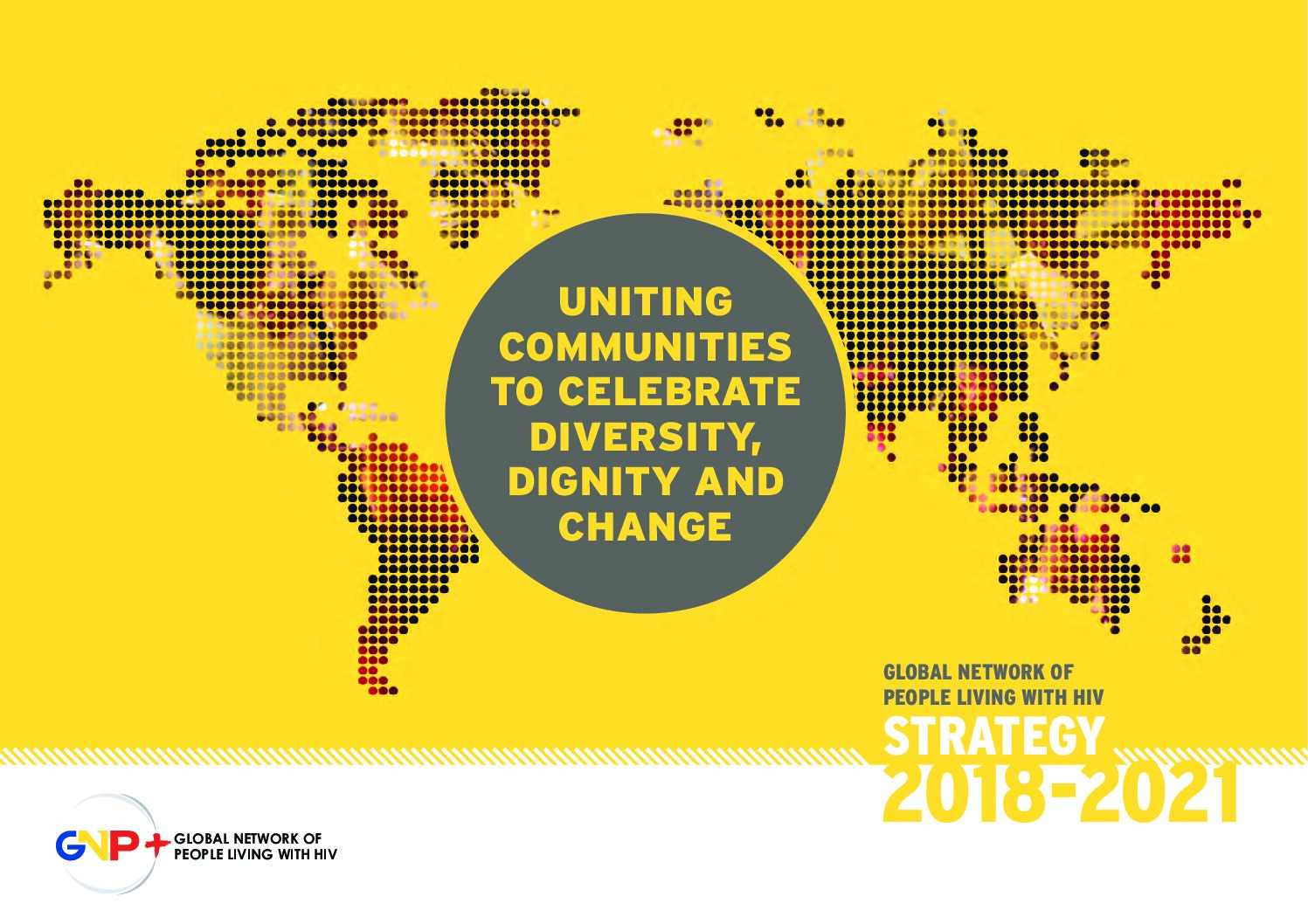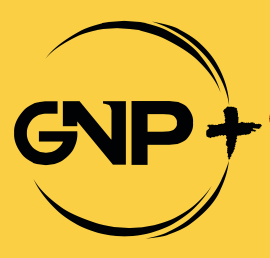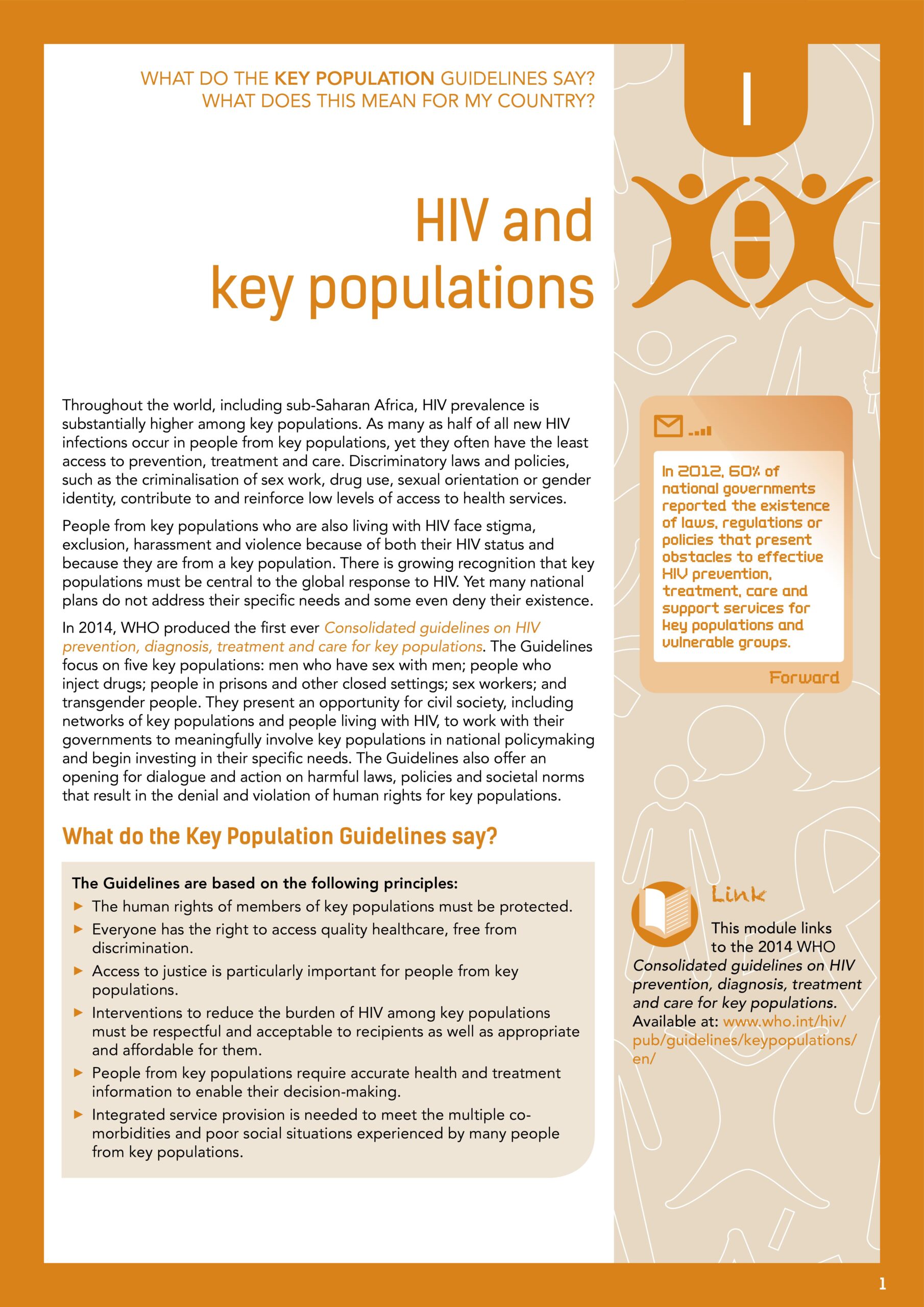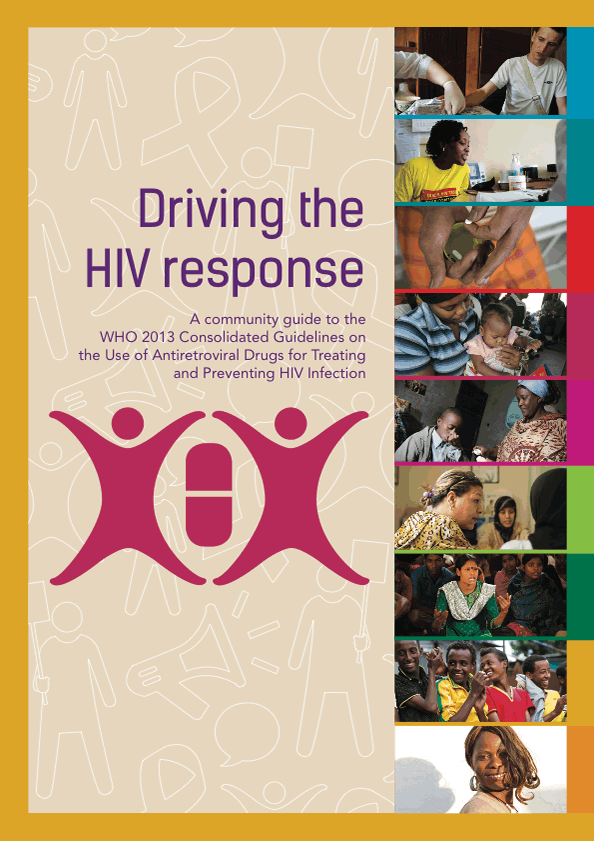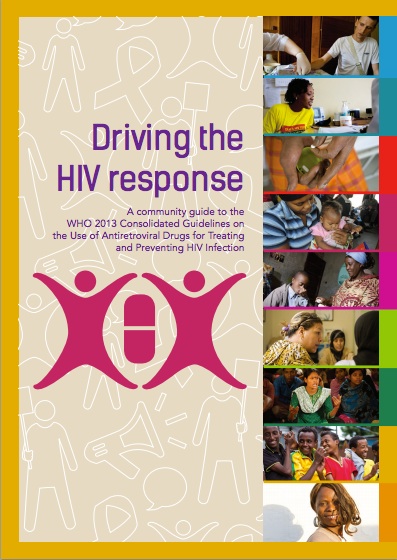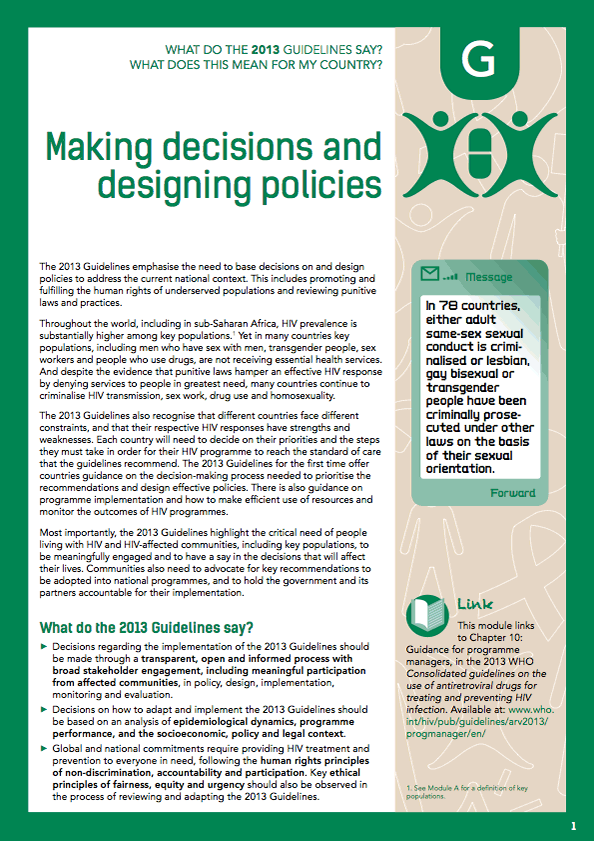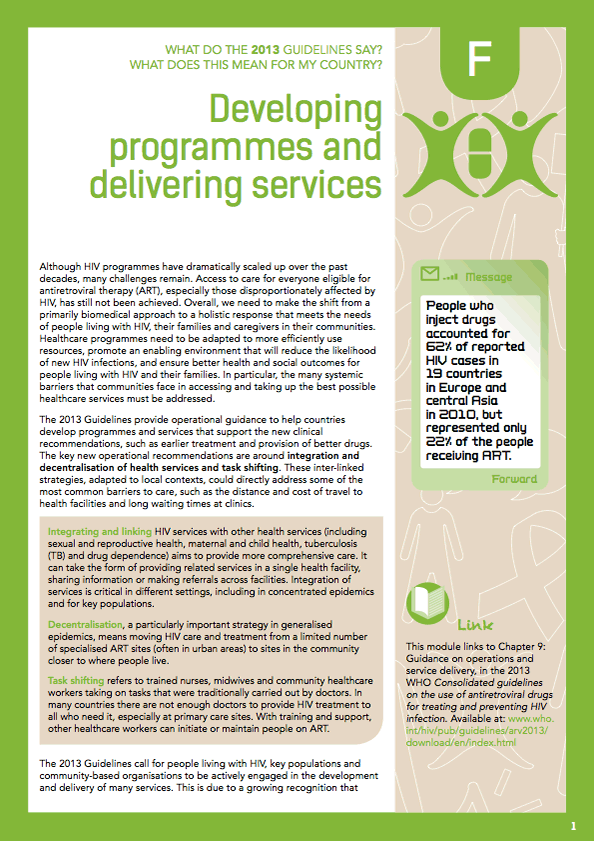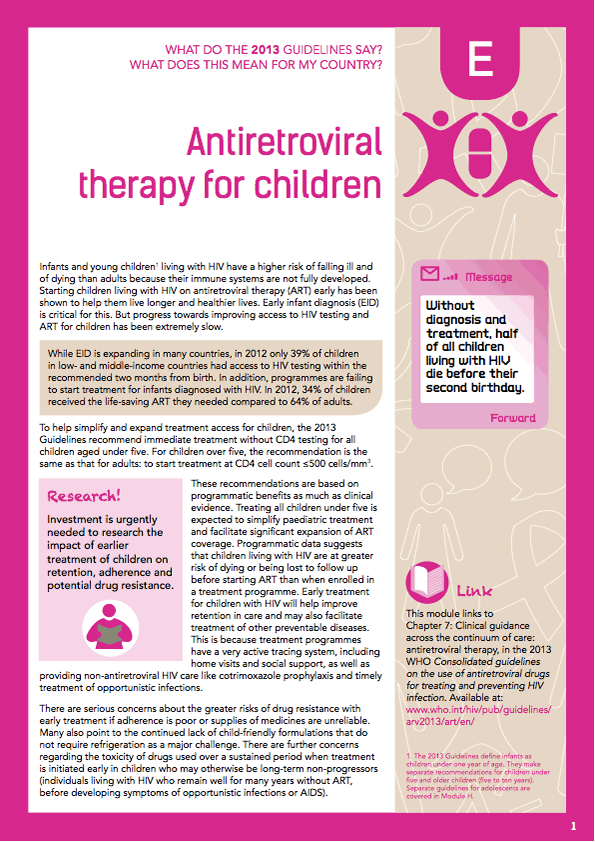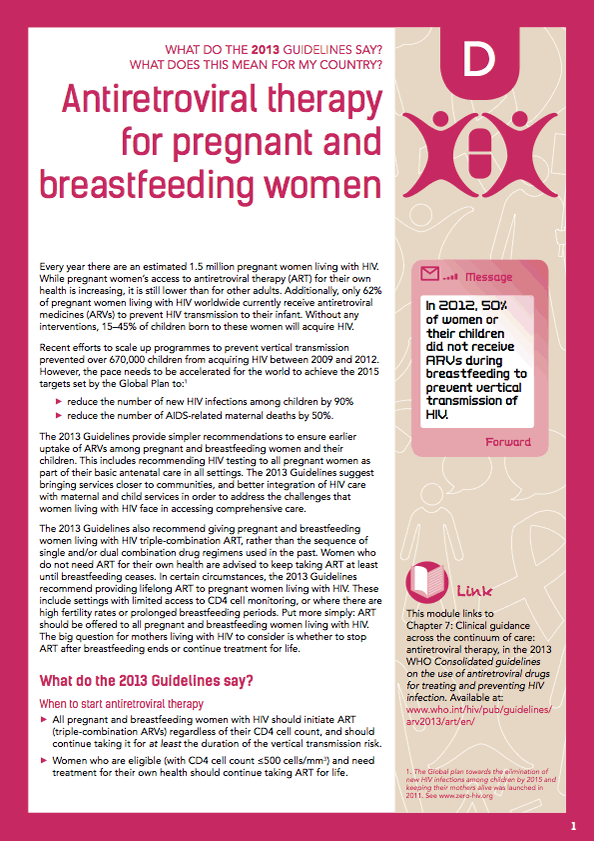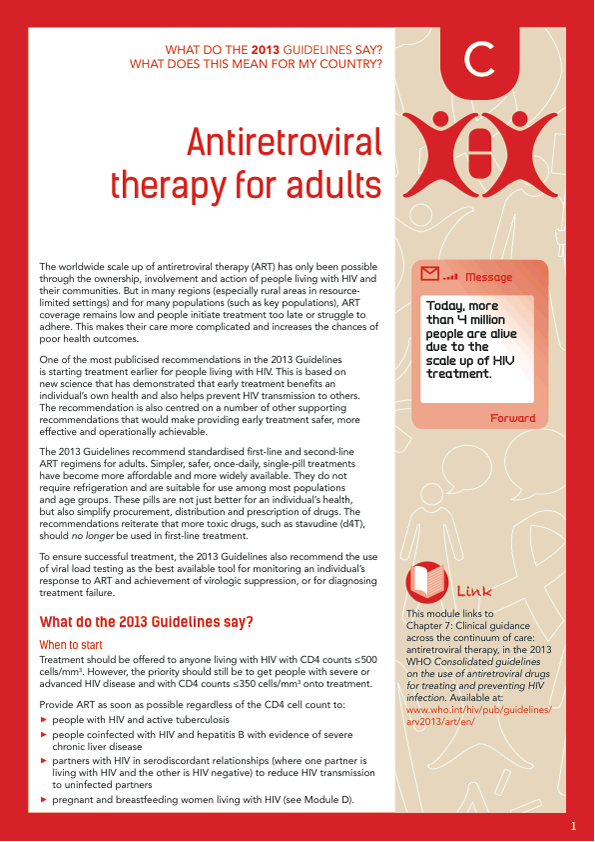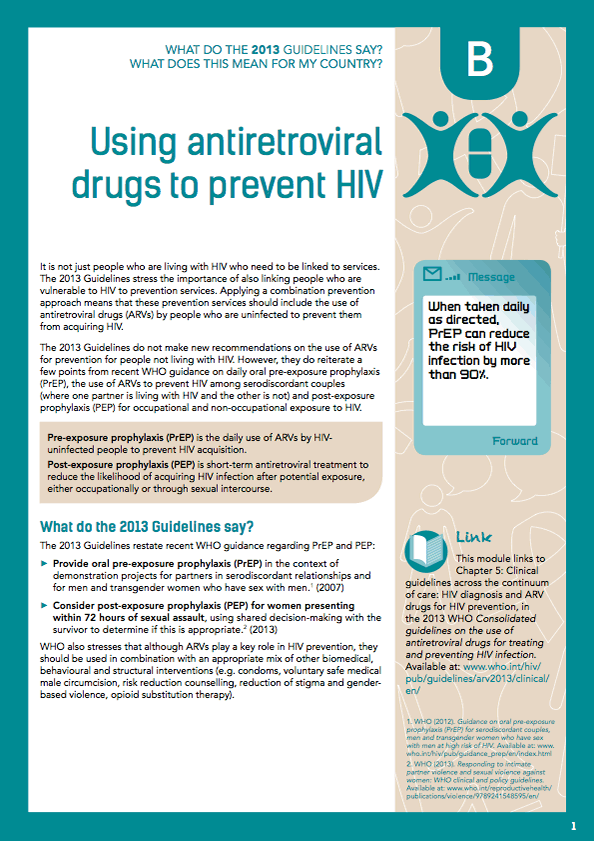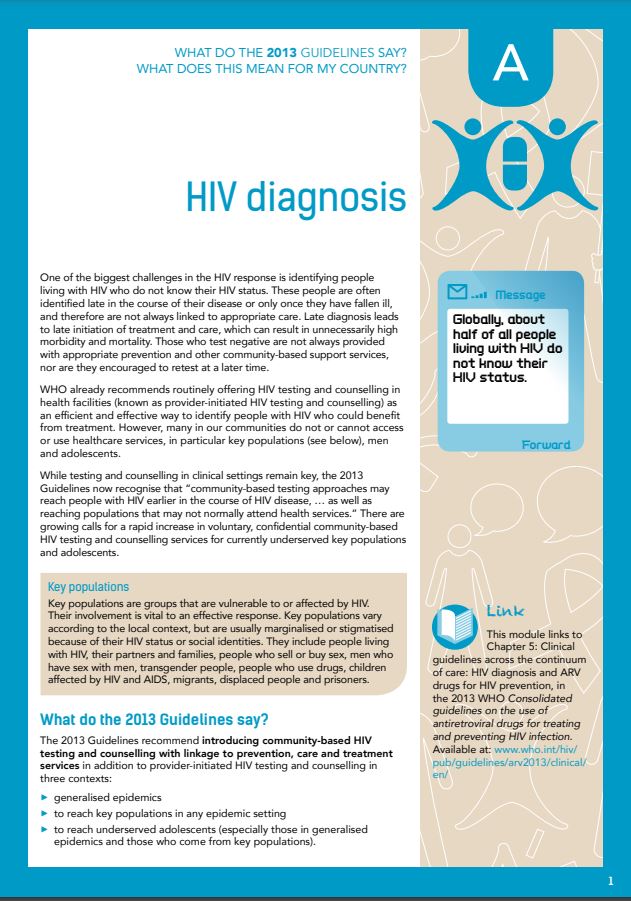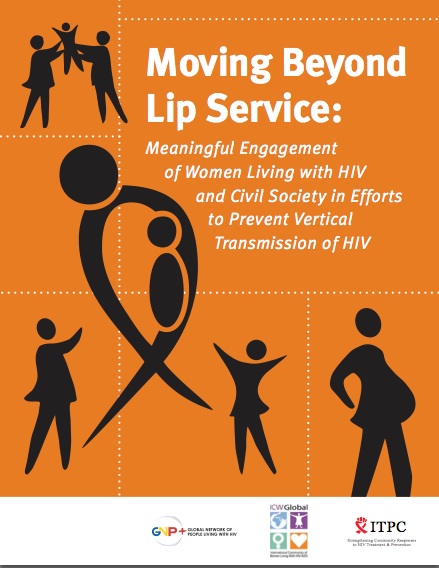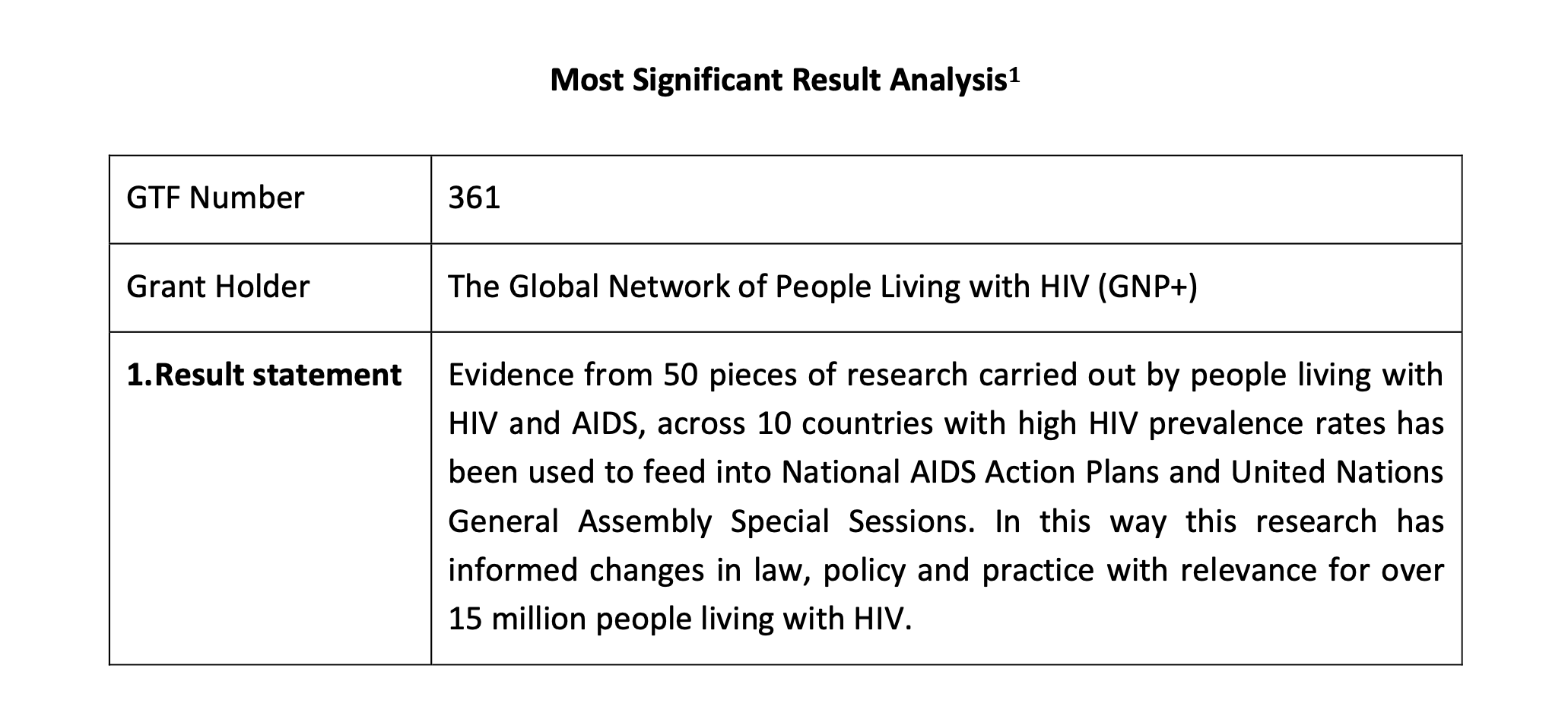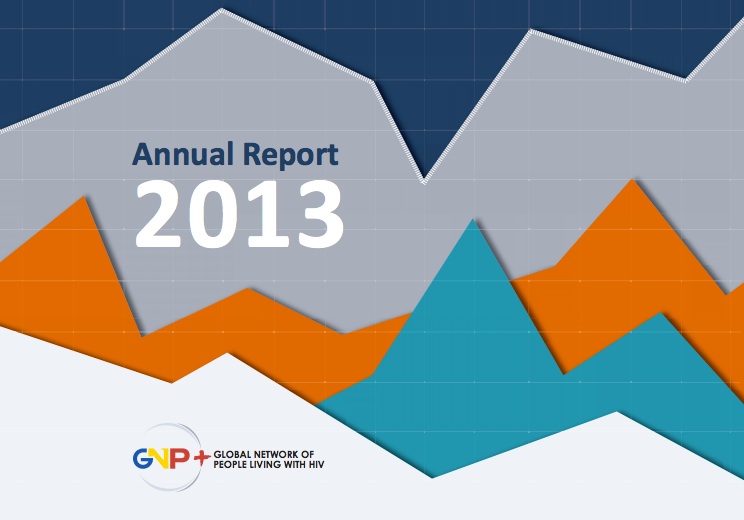In 2015, all our problems were solved. Extreme poverty was eradicated, the environment saved, and some say we got gender equality — all of this in a context where universal access to HIV treatment was achieved in 2010!
People living with HIV always knew the Millennium Targets , those sacred vows by the member states of the United Nations, would not change the order of things. Yet instead of making the necessary paradigm shifts we engaged in a long process to formulate the Sustainable Development Goals. In the HIV response this meant adding more numbers — first we had 3 by 5, then we were Getting to Zero, and now it is 90-90-90.
At GNP+ we have not added new numbers. We still work to improve the quality of life of people living with HIV. We continue to advocate for universal access to quality HIV care and treatment for those who want and need it. Where numbers are concerned we believe, “universal” means “everyone”, not “everyone except the unpopular or unwanted”.
The magazine you are reading now — our annual report for 2015 — reflects the key initiatives we embarked, driven by our mission. This is our story. It relates how we support the engagement of young people and key populations living with HIV in decision making processes and reaffirmed their basic rights as human beings. It recounts how we fight to ensure the Global Fund work for all of us, and how we support the capacity of people living with HIV to do policy and programme analysis, do research on their own situation, and influence HIV responses.
Numbers may sometimes be useful, but in the end our work is about human beings. Ending the AIDS epidemic and ensuring the wellbeing of all affected must consist a broader, more holistic view that embraces differences. We want to show you how our movement — the movement of people living with living — has evolved to embrace diversity. We hope you enjoy our magazine and will join us to make sure the human rights of people living with HIV are protected in every corner of the world.




